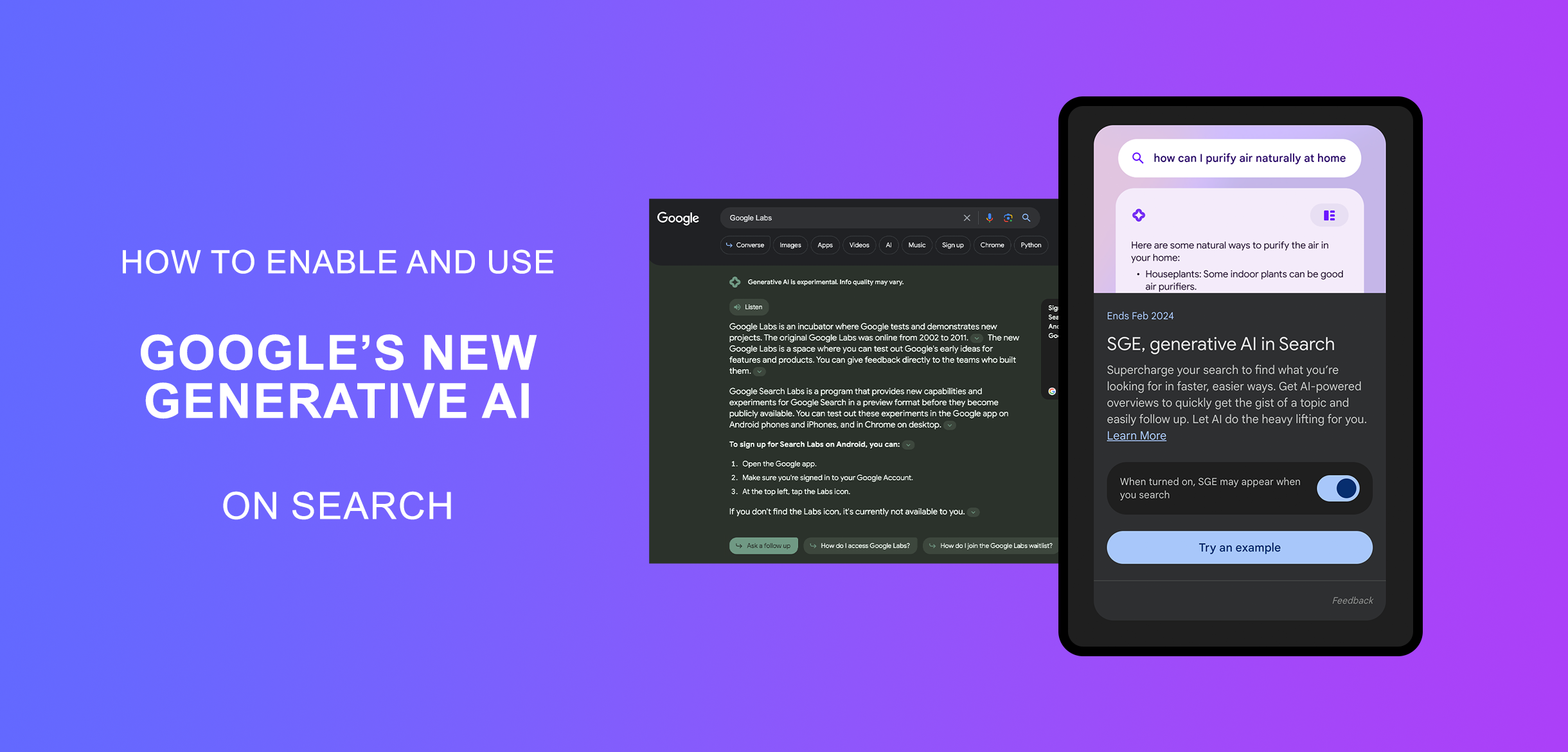When working with Docker in large projects, building and maintaining multiple Docker images can quickly become inefficient and error-prone. Manually managing separate docker build commands or scripts for each image is not only time-consuming but also makes it difficult to coordinate dependencies, environments, and caching effectively.
Docker Bake—an advanced feature from Docker Buildx—solves this problem. It offers a declarative way to define and execute complex, multi-image builds using a single file and command. Whether you're a DevOps engineer, a backend developer, or a student trying to master containerization, understanding Docker Bake is a valuable addition to your toolkit.
What Is Docker Bake?
Docker Bake is part of Docker Buildx, an extended build tool based on BuildKit. It enables users to define multiple image builds in a single docker-bake.hcl or docker-bake.json file.
Think of it like a "Makefile" for Docker builds: you define your build targets, variables, and configuration once, then run everything in parallel or selectively as needed.
Why Use Docker Bake?
- Parallel Multi-Image Builds
- Declarative Configuration
- Caching & Efficiency
- Environment Management
You can build multiple images simultaneously using one command. This is especially useful for microservices or polyrepo projects.
Bake files clearly declare each target and its parameters, making builds easier to read, maintain, and share.
Bake integrates well with BuildKit, enabling advanced caching strategies and reducing redundant rebuilds.
Variables and build contexts can be customized per environment, supporting better CI/CD practices.
Setting Up Docker Bake
Prerequisites
- Docker version 20.10+
- Docker Buildx enabled
- BuildKit must be active (
DOCKER_BUILDKIT=1)
Enable Buildx and Bake
docker buildx create --use
Docker Bake comes integrated with Buildx, so no separate installation is needed.
Understanding the Bake File Structure
Docker Bake supports both HCL (HashiCorp Configuration Language) and JSON formats. The .hcl format is cleaner and more readable.
Example: docker-bake.hcl
group "default" {
targets = ["app1", "app2"]
}
target "app1" {
context = "./app1"
dockerfile = "Dockerfile"
tags = ["myorg/app1:latest"]
}
target "app2" {
context = "./app2"
dockerfile = "Dockerfile"
tags = ["myorg/app2:latest"]
}
This file declares two Docker image builds—app1 and app2—under a group called default.
Running Docker Bake
Once your docker-bake.hcl is ready:
docker buildx bake
This builds all targets under the default group in parallel.
To build a specific target:
docker buildx bake app1
To override variables on the fly:
docker buildx bake --set app1.tags=myorg/app1:v2
Advanced Bake Features
1. Variable Substitution
variable "VERSION" {
default = "latest"
}
target "app1" {
context = "./app1"
tags = ["myorg/app1:${VERSION}"]
}
You can then run:
docker buildx bake --set VERSION=v1.2.0
2. Matrix Builds
Ideal for creating multiple variants of an image.
target "python-app" {
context = "./python-app"
dockerfile = "Dockerfile"
matrix = {
PYTHON_VERSION = ["3.8", "3.9", "3.10"]
}
args = {
PYTHON_VERSION = "${PYTHON_VERSION}"
}
tags = ["python-app:${PYTHON_VERSION}"]
}
Bake will automatically create and run builds for each Python version.
Integrating Docker Bake in CI/CD Pipelines
You can integrate Bake into pipelines (GitHub Actions, GitLab CI, Jenkins, etc.) just like you would use docker build.
GitHub Actions Example:
- name: Set up Docker Buildx uses: docker/setup-buildx-action@v2 - name: Build with Docker Bake run: docker buildx bake --push
Tips and Best Practices
- Use groups to organize targets by environment (
dev,prod,test). - Use variables for reusability and maintainability.
- Keep the Bake file in version control alongside your project code.
- Regularly update your Buildx plugin for performance improvements and new features.
Conclusion
Docker Bake provides a powerful, efficient, and scalable solution for managing multi-image builds. It simplifies Docker workflows by introducing structure, parallelism, and configurability to your container builds—making it perfect for both enterprise and educational use.



